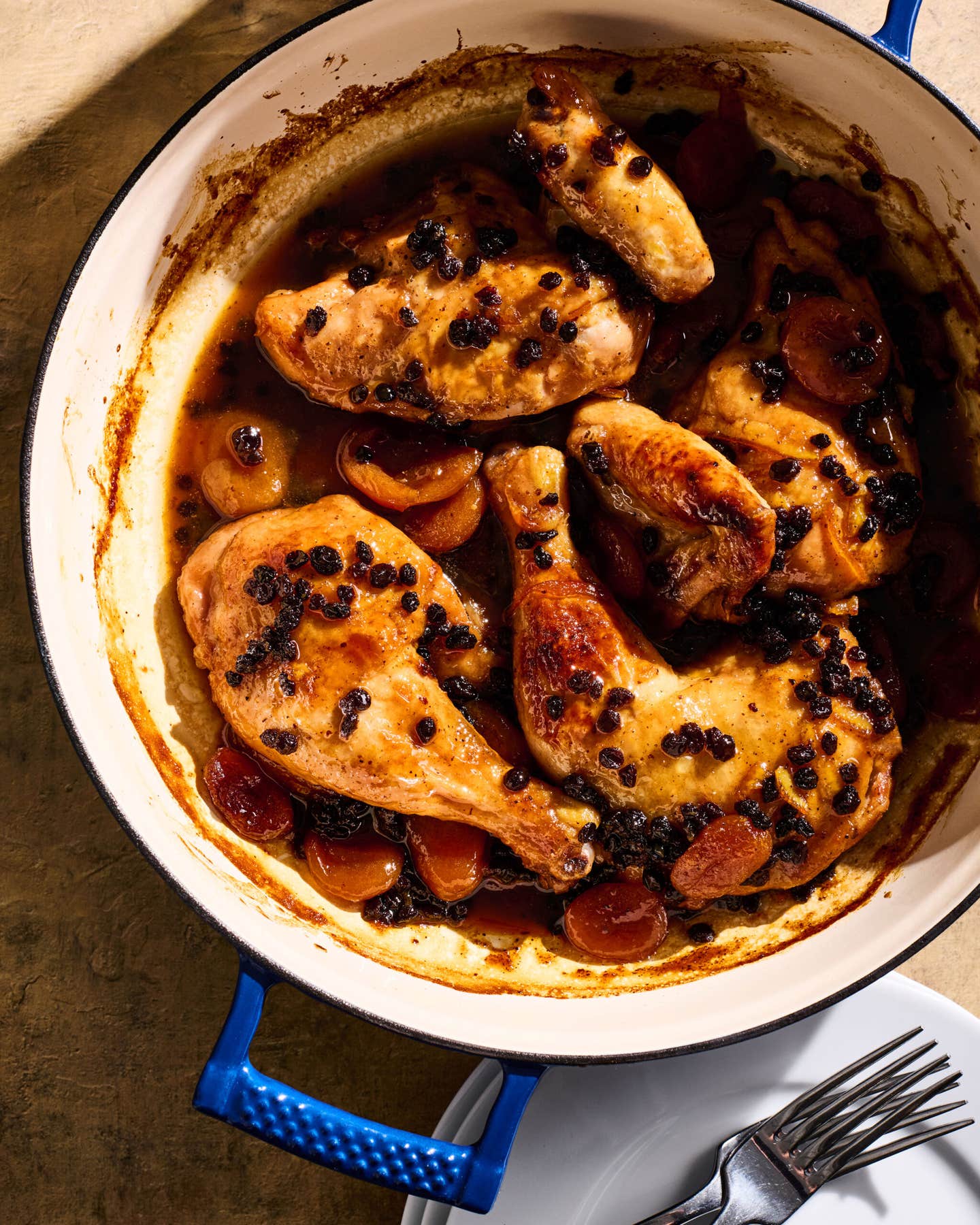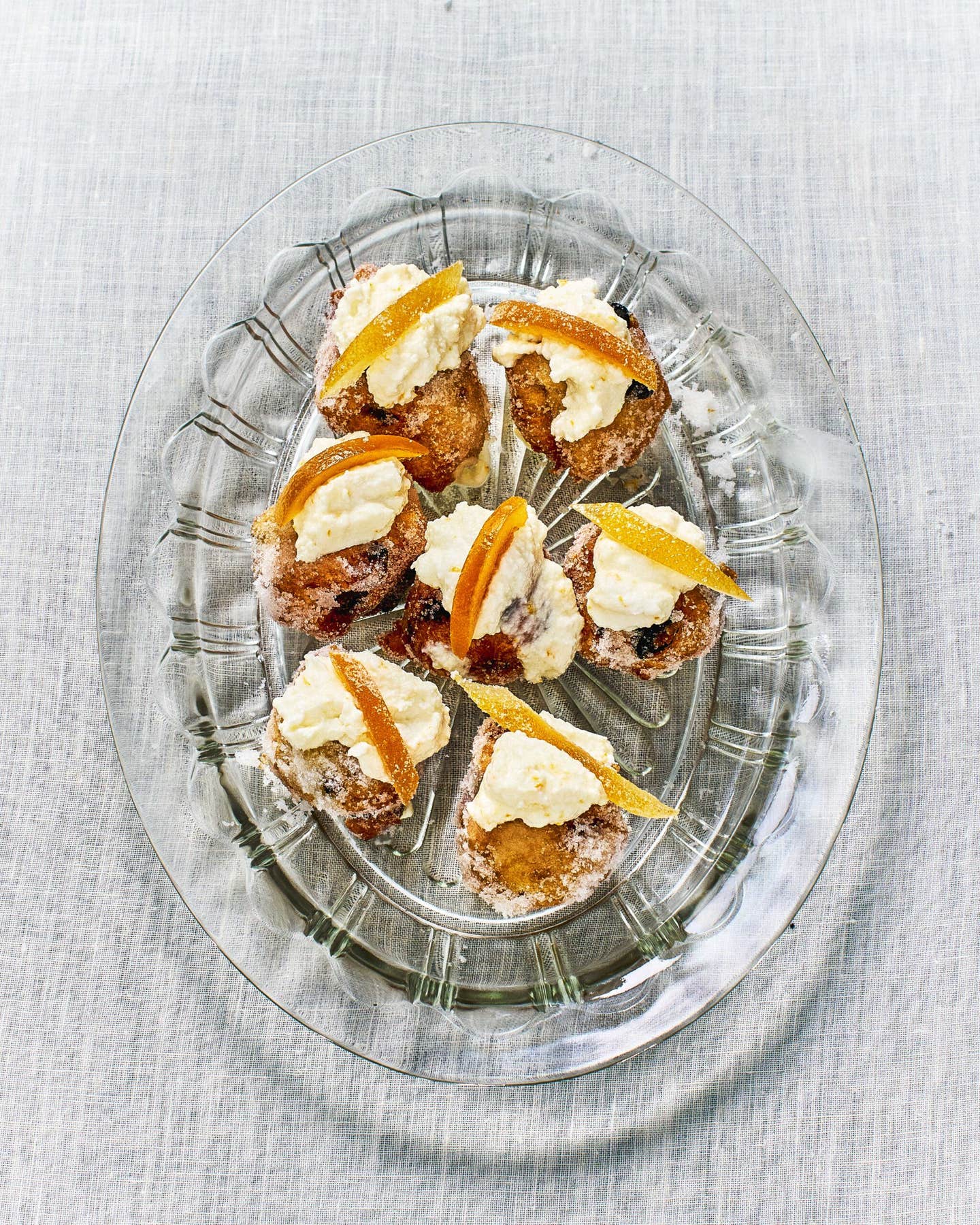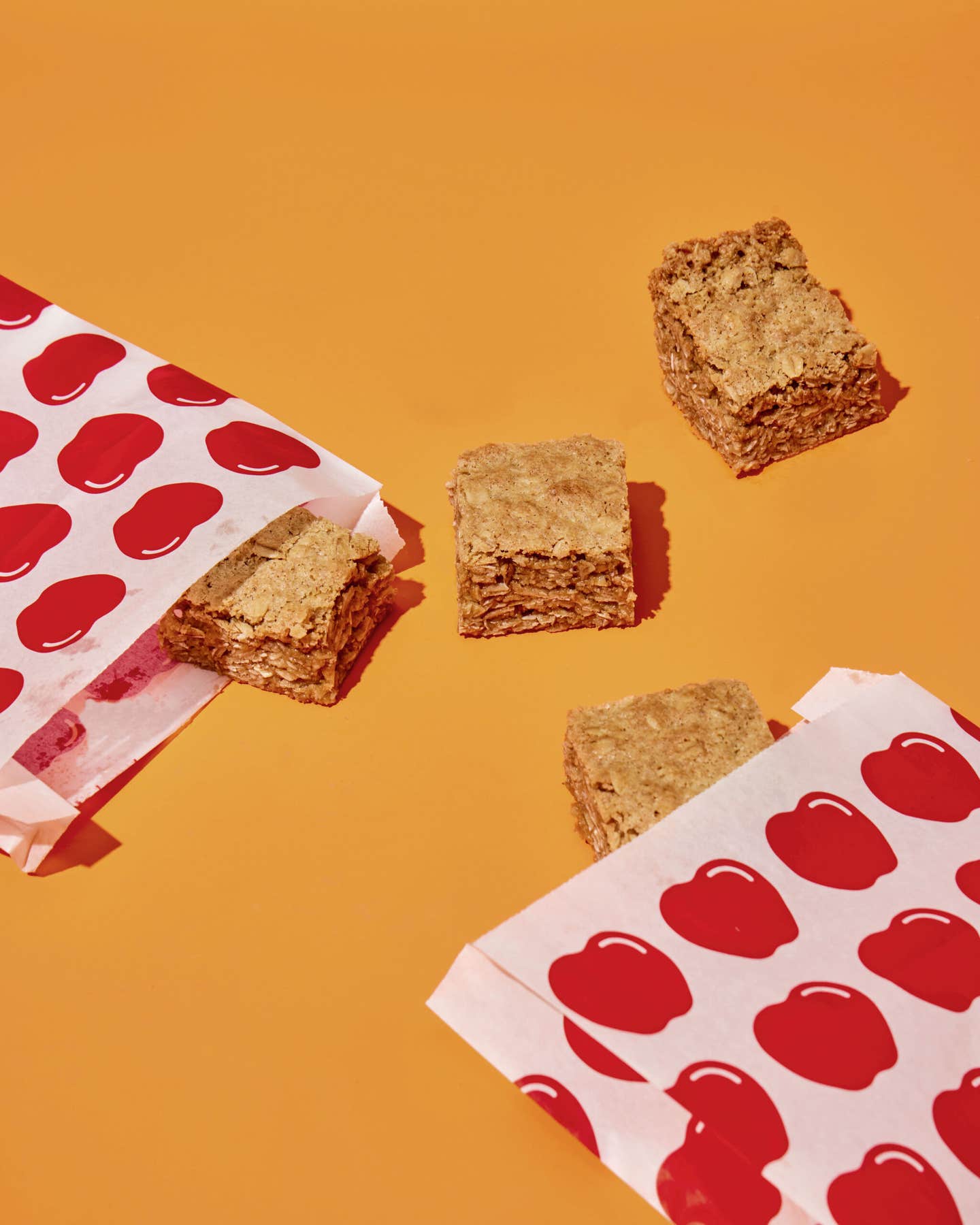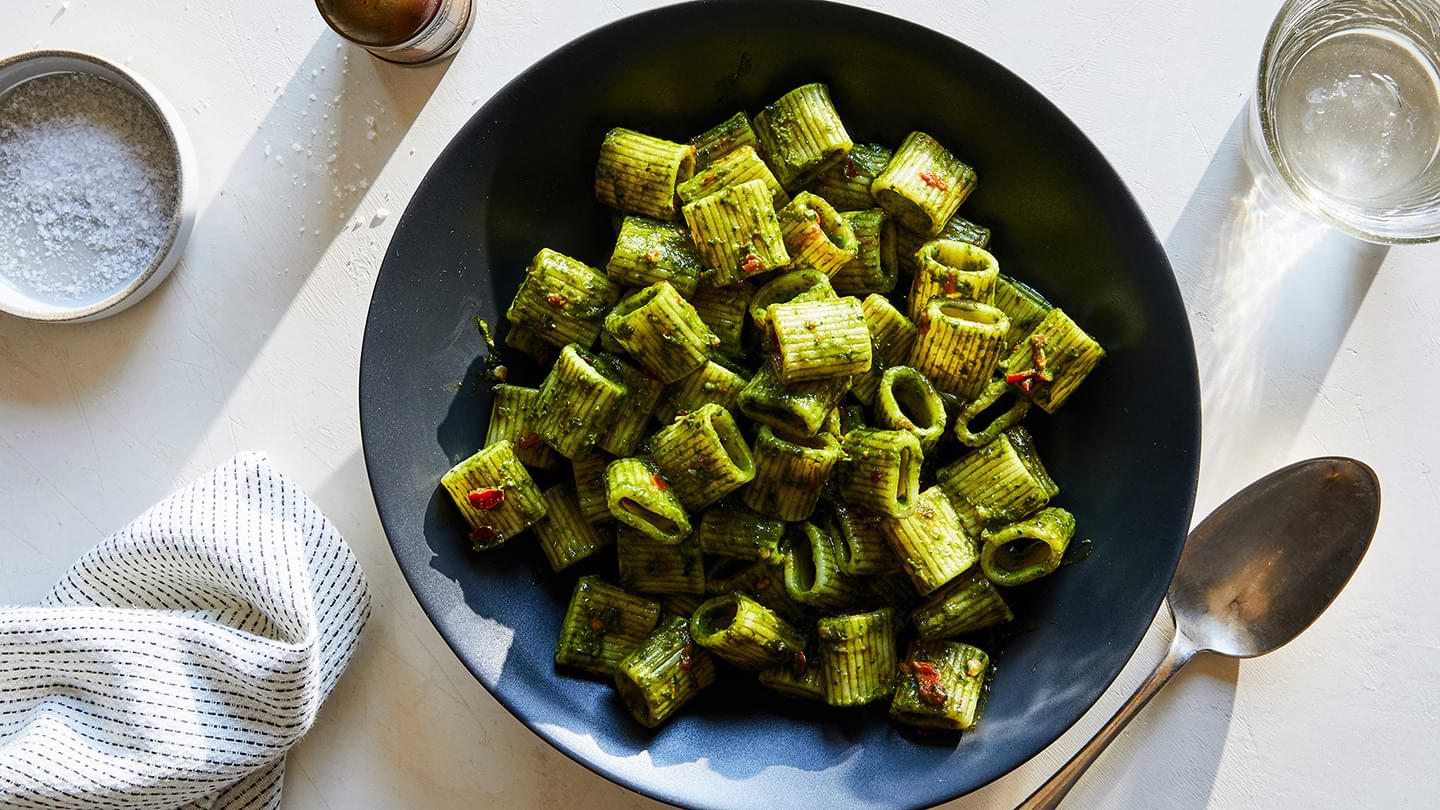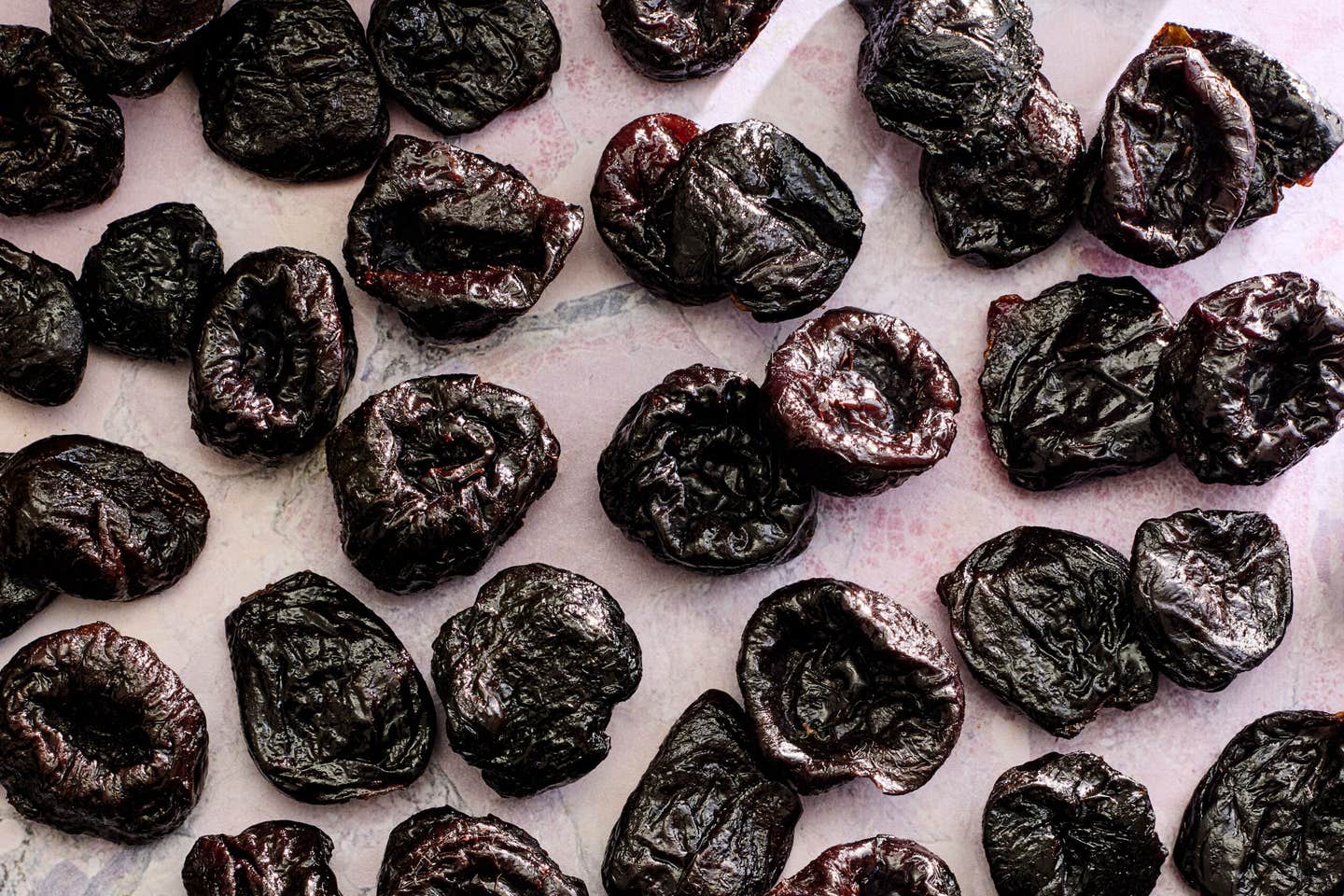
Why Prunes Deserve a Permanent Place in Your Pantry
Around the world, dried plums are a versatile player in dishes both sweet and savory.

Growing up, I had a unique favorite childhood snack: prunes. It may seem like an odd choice for a kid to gravitate toward, but when you’ve got a sweet tooth like mine, nothing is off the table for satisfying that craving (plus my parents didn’t keep junk food in the house). Biting into a prune, I’m always immediately struck by its subtle sweetness, concentrated fruity flavor, and irresistibly chewy texture—a trifecta that has kept prunes in my pantry for decades.
Prunes, you see, are really just dried plums. In 2001, the Food and Drug Administration even approved the name change for prune packaging to “dried plums” to help consumers understand what they’re eating. Digging into the depths of prunes’ history in America starts in France, where the prized petit d’Agen plums originated. They were brought to California by farmer Louis Pellier in 1856 and grafted onto wild American plum stock—and have remained the gold standard ever since. In fact, California now grows 40 percent of the world’s prunes and is responsible for a whopping 99 percent of the U.S.’ supply.
It boggles my mind how prunes are so beloved around the globe, but in the U.S.—despite California being the largest producer of prunes in the world—we often overlook these gems. Cookbook author Kate Hill believes this is because historically “Americans treat food as medicine, not pleasure, and while other high-fiber foods get the gourmet treatment, prunes got a bad rap early on.” In France, where Hill lives, she says prunes are considered a confiserie (a sweet)—not medicine. While the U.S. has long appreciated the health benefits of the prune—rich in fiber and nutrients, the dried fruit supports gut and bone health—American home cooks are finally starting to explore its versatility and flavor in the kitchen.
This tide change is in large part thanks to chefs introducing the dried fruit in creative ways in restaurants, and guests then following their lead at home. Prunes can be employed in a multitude of ways in cooking and baking, either enhancing the flavor of other ingredients in a dish or creating balance with its natural sweetness. Brad Cecchi, executive chef and owner at Canon in East Sacramento, California, often adds puréed prunes into sauces, which he says helps “balance the spicy with sweet, while also adding body and texture.” He calls prunes “very malleable” to work across “a wide variety of both savory and sweet dishes,” thanks to their “great sweetness and balanced acidity.”
I have a well-documented love of prunes since childhood, but as I’ve gotten older and tried them in new and interesting ways, my appreciation for them has grown. Used across many countries, cultures, and cuisines, prunes can add caramel and honey notes to sweet and savory dishes, as well as moisture and texture. They also pair well with so many different ingredients, including meats like beef, chicken, or pork and warm spices such as cinnamon, ginger, and nutmeg. They’re truly the Swiss army knife of the dried fruit world. Here are some unique ways to incorporate more prunes into your everyday cooking—and special occasion desserts.
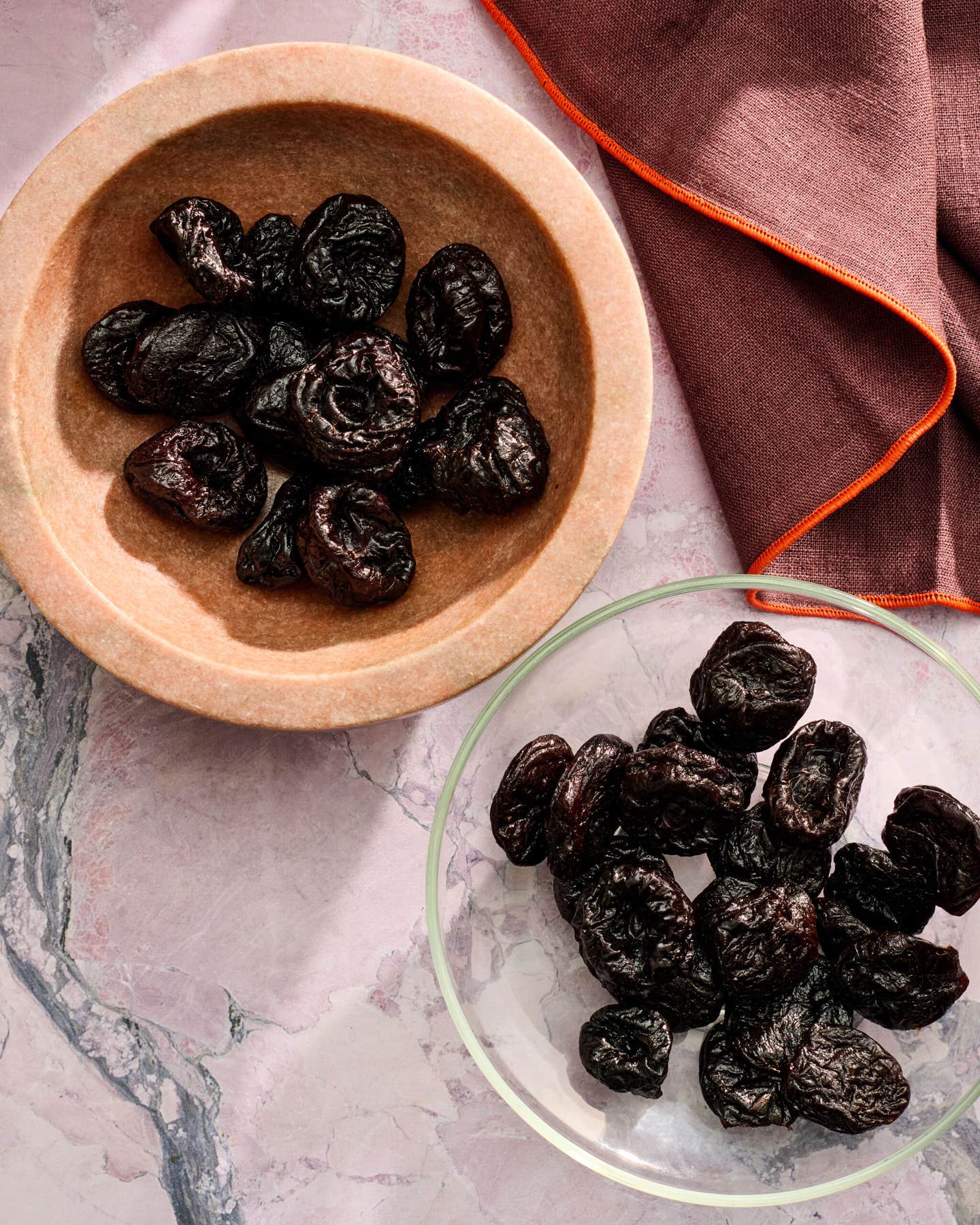
Let prunes say “cheese!” on your next board
When assembling a cheese board, highlight the tanginess of prunes by pairing them with Manchego and a drizzle of honey. Or try topping a wheel of scored brie with chopped prunes and baking at 375°F until the cheese has melted slightly for a decadent spread. Finish with a drizzle of olive oil, toasted and sliced almonds, and a sprinkle of sea salt, and you’re in business.
Make prunes your secret ingredient in meaty mains
Bite into an Iranian meatball, or koofteh tabrizi, and you’ll be delighted to discover prunes, other dried fruits, and nuts inside. These ingredients add pops of texture and sweetness to the meatballs, which are often served in a broth with rice.
Prunes also offset the tanginess and saltiness of chicken marbella, a braised chicken dish with capers, olives, and vinegar.
Make some smooth(ie) moves
Throw a couple of prunes into your next smoothie along with some peanut butter, yogurt, spinach, and milk for a protein-packed way to start your morning.
Plump up your prunes in soups and stews
Prunes can be a show-stealer in soups, stews, and braises as they plump up and imbue broths and sauces with a subtle sweetness. The rich and complex broth of Scottish cock-a-leekie soup—loaded with chicken, leeks, carrots, celery, spices, and barley—is complemented by the fruity sweetness of prunes.
Tzimmes is a traditional Ashkenazi Jewish stew with carrots, root vegetables, cinnamon, honey, and—you guessed it!—prunes. Typically served at Rosh Hashanah, the stew is syrupy and sweet, and when served alongside brisket, offers a nice counterbalance to the rich meat.
One of my favorite Iranian dishes, a comforting lamb and spinach stew known as khoresh-e aloo esfenaj, traditionally calls for aloo bukhara, or golden sour prunes, which can be relatively difficult to find in the U.S. Since California prunes are always gracing the shelves at my local grocery store, I use them in my khoresh-e instead and love the wonderful sweetness and luxurious texture they bring to the dish. A splash of fresh lemon and orange juice stirred in just before serving adds depth of flavor and achieves the signature tartness this stew is known for.
Bake up a storm with prunes
When prunes are baked, they take on an almost jammy consistency with a candy-like flavor, making them the perfect addition to Far Breton, a custardy cake with a flan-like texture from Brittany, France. I like to simmer prunes with armagnac and fresh orange juice and zest before adding them to the batter. The soaking liquid accentuates the sweetness of the dried fruit and infuses the custard with rich notes of chocolate, citrus, and caramel.
Caribbean black cake, a dense, fruitcake-like dessert, also features prunes (and other dried fruits) soaked in rum or brandy before baking. The plump, boozy fruit provides just the right amount of sweetness and moisture to this must-try holiday dessert.
Lastly, with egg prices at an all-time high, there’s no better time to experiment with substitutions. Try using ¼ cup of prune purée as a replacement for 1 egg when baking, which has a similar moisture content and acts as a binder. Prunes do add extra sweetness, so you may need to scale back the sugar in your recipe to find the sweet spot.
Recipes
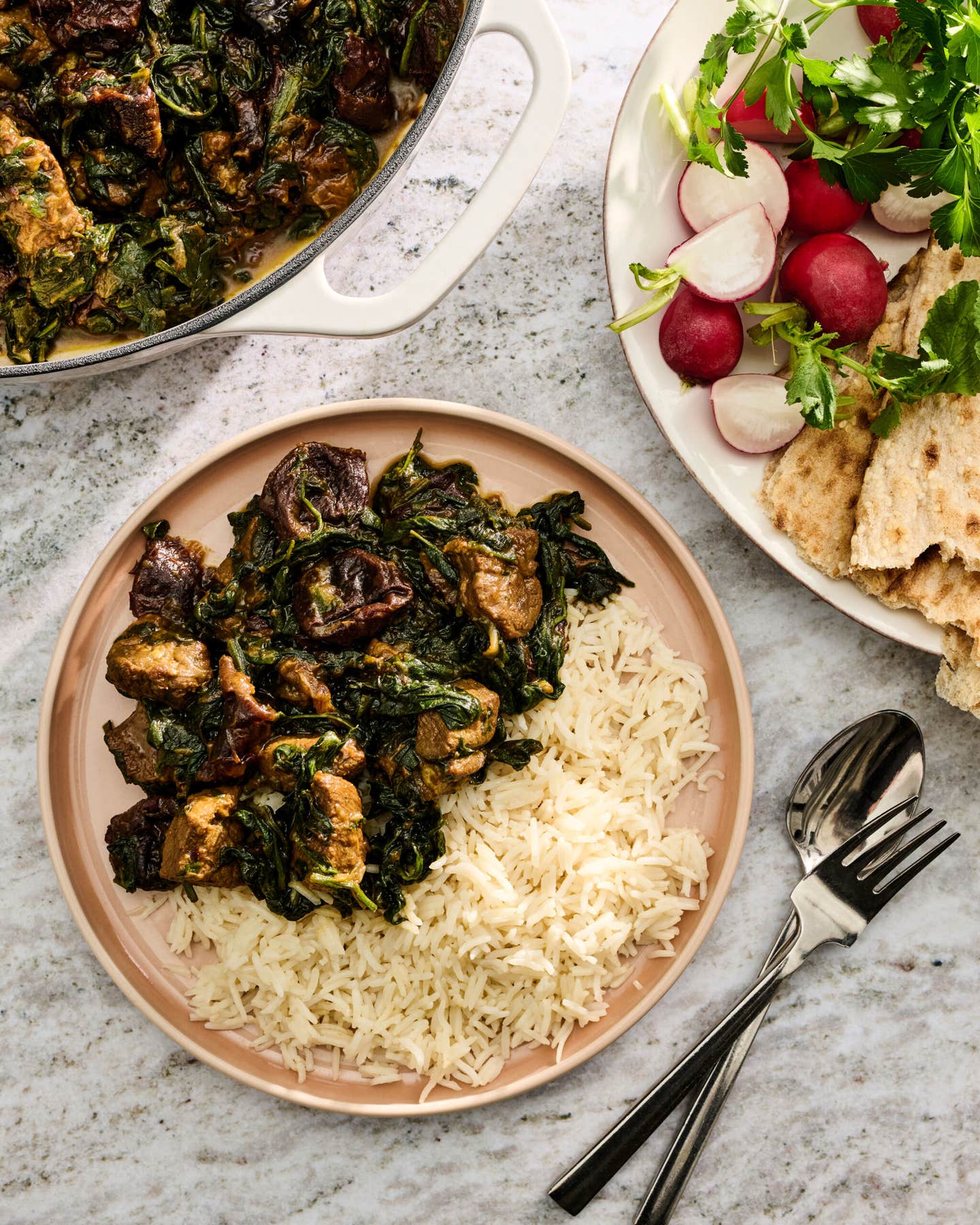

Keep Reading
Continue to Next Story

